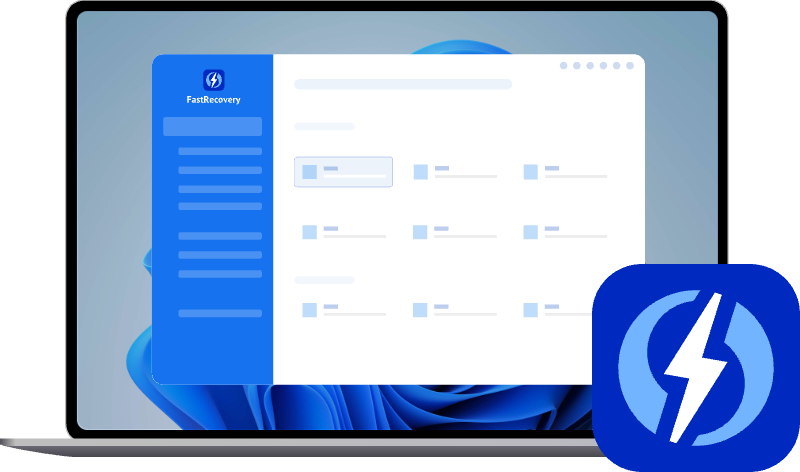Top 4 Ways to Delete Windows Update Files Windows 10
Seeking ways to delete Windows Update files Windows 10? This post shares corresponding solutions with you to deleted Windows update files and fixes files missing after Windows 10 update.
Is it safe to delete Windows Update files?
Windows Update is an excellent way to bring security improvements and new features to your PC. However, after installing the latest Windows version, many temporary files will be left behind. Undeniably, these leftover files are going to consume your limited disk space.
To bring out the best performance of your computer, some users have raised questions:
Is it safe to delete Windows update files? What happens if I delete old Windows updates? Moreover, how do I clean up Windows 10 update files?
After updates, it’s OK for you to delete old Windows Update files and this process has no impact on your personal files. The only drawback is that you may fail to restore your previous versions of Windows.
How to delete Windows Update files Windows 10?
Are you bothered by how to delete Windows Update files Windows 10? Please get four feasible fixes below.
Solution 1. Delete Windows 10 update files manually
Windows Settings is a part of Microsoft Windows. Users are allowed to configure their operating systems, manage their connected devices, and modify their preferences based on their needs. Please refer to the following steps to delete Windows Update files using it.
Step 1. Press “Win + I” to open Windows Settings. Then click Update & Security > Windows Update > View update history.
Step 2. Click the “Uninstall updates” button.
Step 3. Right-click on your unwanted Windows update version and click the “Uninstall” button.
Solution 2. Delete Windows 10 update files via Windows Settings
As mentioned above, temporary files also save several versions of old Windows Update files. To free up the limited storage space, it’s time for you to delete Windows 10 update files after finding temporary files.
Step 1. Press “Win + I” to open Windows Settings. Then click the “System” button.
Step 2. Under the Storage tab, click the “Temporary files” button and open it.
Step 3. Select “Windows Update Cleanup” and “Delivery Optimization Files” in the Temporary Files folder. Then click “Remove files” > “Continue” to delete Windows Update files.
Solution 3. Delete Windows 10 update files via Disk Cleanup
Although Disk Cleanup (cleanmgr.exe) has been deprecated and replaced by the above feature in Settings, you can also use this utility to free up the disk space of computers’ hard drives. Let’s show how it works.
Step 1. Press “Win + E” to open Windows File Explorer. Then click This PC > the local C drive.
Step 2. Right-click on your C drive and select the “Properties” option. Then click the “Disk Cleanup” button.
Step 3. Tick “Delivery Optimization Files” and click the “OK” button. If you also want to delete Windows Update Cleanup, click “Clean up system Files” to scan.
Step 4. After scanning, under File to delete, tick “Windows Update Cleanup” > OK.
Solution 4. Delete Windows 10 update files from the SoftwareDistribution folder
Windows OS will automatically save all the downloaded Windows Updates files in the SoftwareDistribution folder. Thus, you can delete Windows 10/11 update files from this folder.
Step 1. Open Windows File Explorer
Press “Win + E” to open Windows File Explorer.
Step 2. Go to the SoftwareDistribution folder
Go to This PC > C drive > Windows > SoftwareDistribution > Download.
Step 3. Delete files in the Downloaded folder
Press “Ctrl + A” to select all the files in the Downloaded folder and right-click to “Delete” them. If you’re familiar with CMD, you can type net stop wuauserv in the command prompt windows and press Enter to begin the process.
🌟Tip:
You can also use Command Prompt to delete Windows Update files from the Software Distribution folder. But it is not easy to operate if you are not familiar with computer knowledge.
Related Windows Update issues
Varied error codes are components of Windows Update issues. For instance, if your update files are missing because of the error 0x80073712 or this device cannot start code 10, please run Windows Update Troubleshooter to fix them. Apart from that, there’s a typical Windows Update issue, files missing after Windows 10 update. If there’re no hidden files, your missing files are probably in a deletion state.
In this scenario, you’re supposed to restore backups or use professional data recovery software like AOMEI FastRecovery to recover them. Download AOMEI FastRecovery on your Windows 7, 8, 10, 11, or Windows Server computers to restore your deleted temp files!
Step 1. Run AOMEI FastRecovery on your PC, and hover the mouse over the partition that includes your desired files. Then click Scan.
Step 2. It will automatically run Quick Scan to find any deleted files. You can search, filter, preview, and select them to recover immediately.
- Search: Type the file name or extension in the Search box to target your search.
- Filter: Specify the data types, such as images, videos, documents, mails, web pages, compressed files, etc., as well as the corresponding size, from less than 128KB to custom.
- Preview: Preview files in a clear thumbnail, such as wav,ico, jpg, png, bmp, jpeg, tif, svg, gif, ico, mp4, mp3, txt, xlsx, pdf, ini, docx, etc.
Step 3. Select the files or folder you want to recover, and click “Recover” to get your selected files back.
-
Please save recoverable files in a new location to avoid data overwriting.
- If you want to recover more than 500MB of files, you can consider upgrading to the advanced edition.
- If you can't find the desired data, click the Deep Scan button in the lower left corner for a thorough search.

- Recover the deleted/lost Word, Excel, PPT, PDF, photos, videos, audio, folders, and other 1000+ types of data from HDD, USB, SD cards, etc.
- During Quick Scan and Deep Scan, enter filenames in the search bar to locate your desired files quickly or wait to find all the deleted and other lost files on your PCs.
- Support NTFS, exFAT, FAT32, and ReFS file systems.
Wrapping up
How to delete Windows Update files Windows 10? Please get an overview of Windows Update files first and get four feasible methods to delete Windows Update files.
For the deleted files, there’s no better way than using a third-party tool to get them back because tools could exempt you from necessary backups and do their best to recover files.
Naturally, if you never made backups with Windows features. Not to mention using any backup tools. If you want to prevent data loss at the source, please utilize free backup software for Windows to back up files, folders, partitions, disks, or the system regularly.


